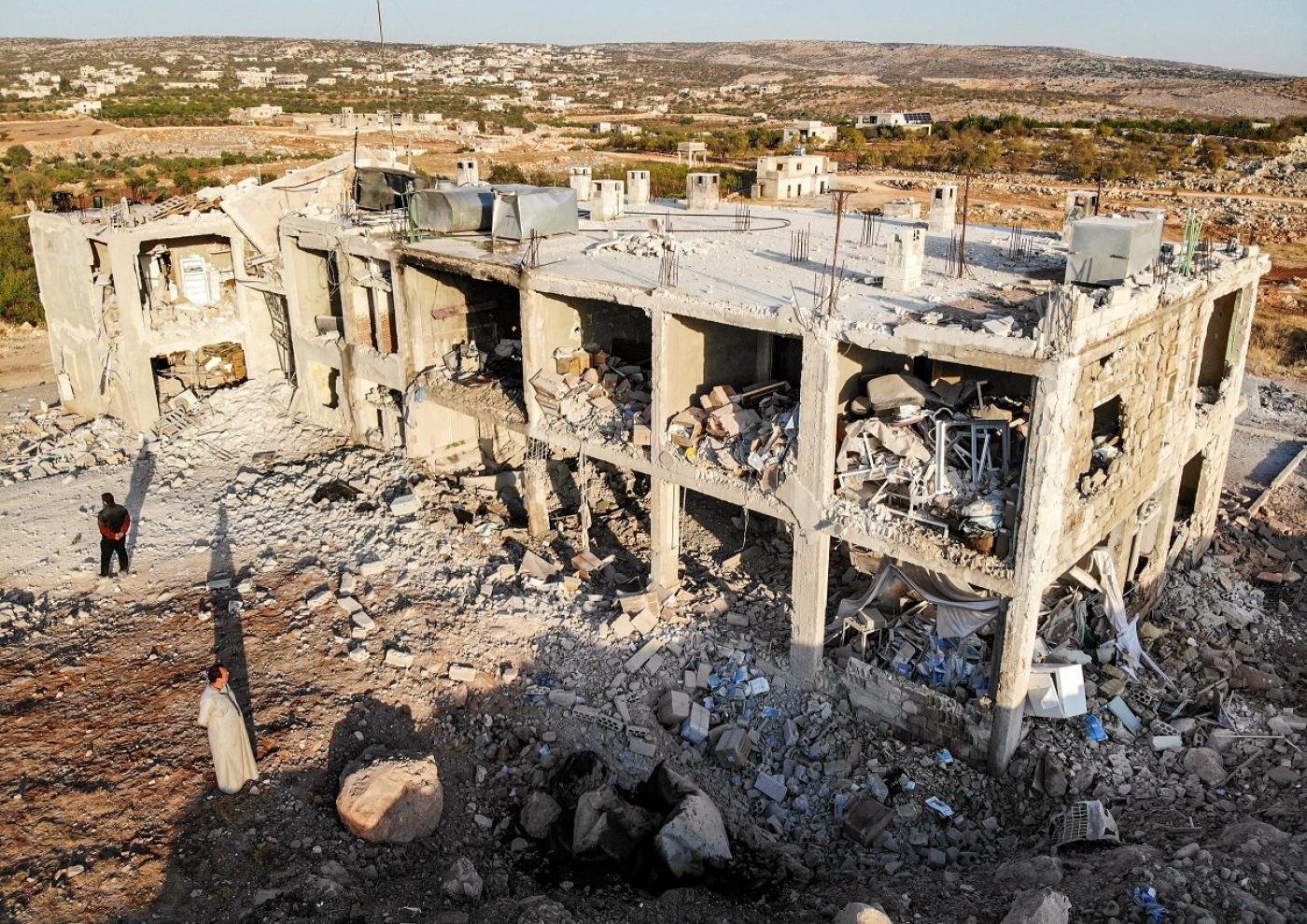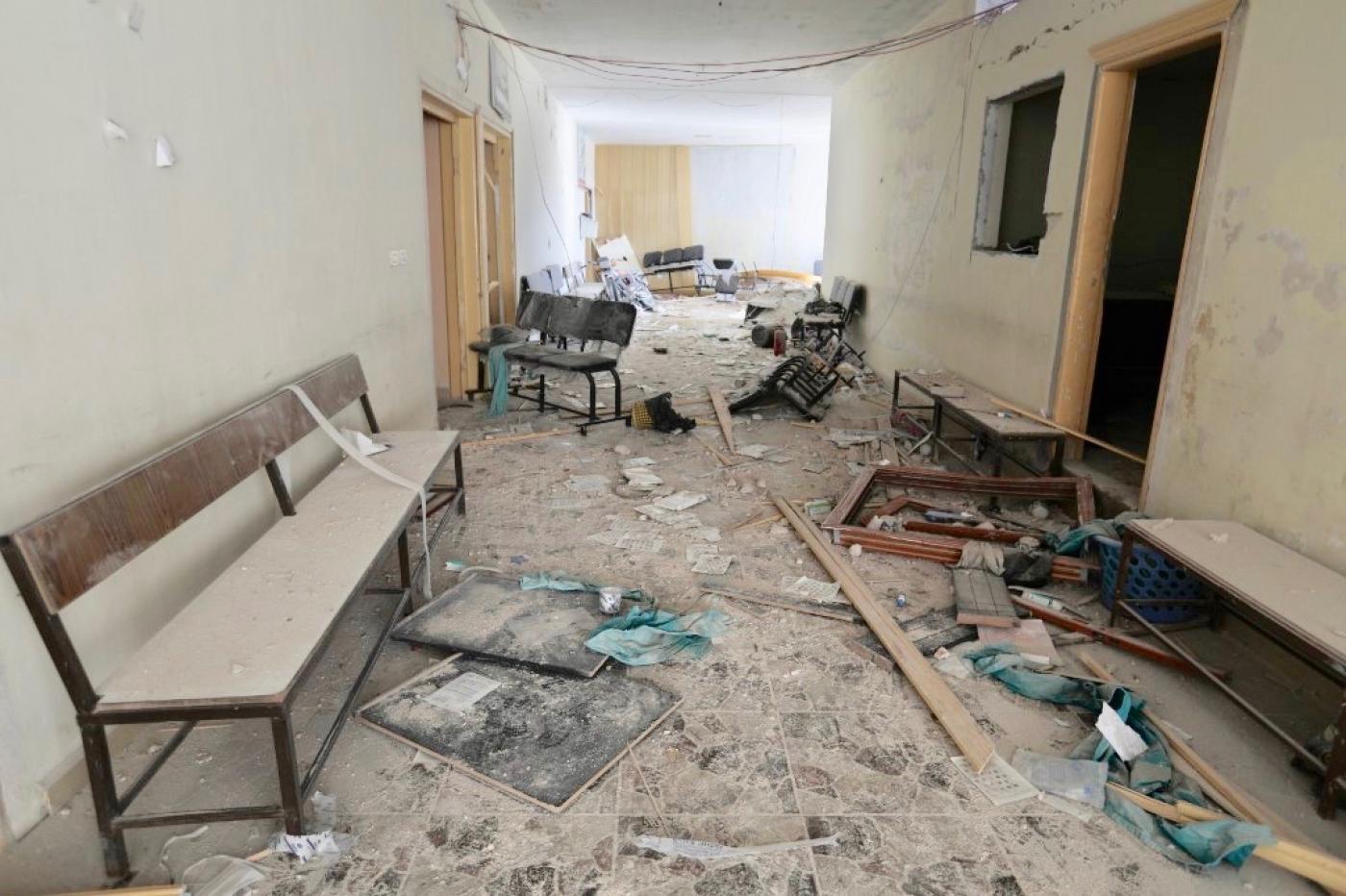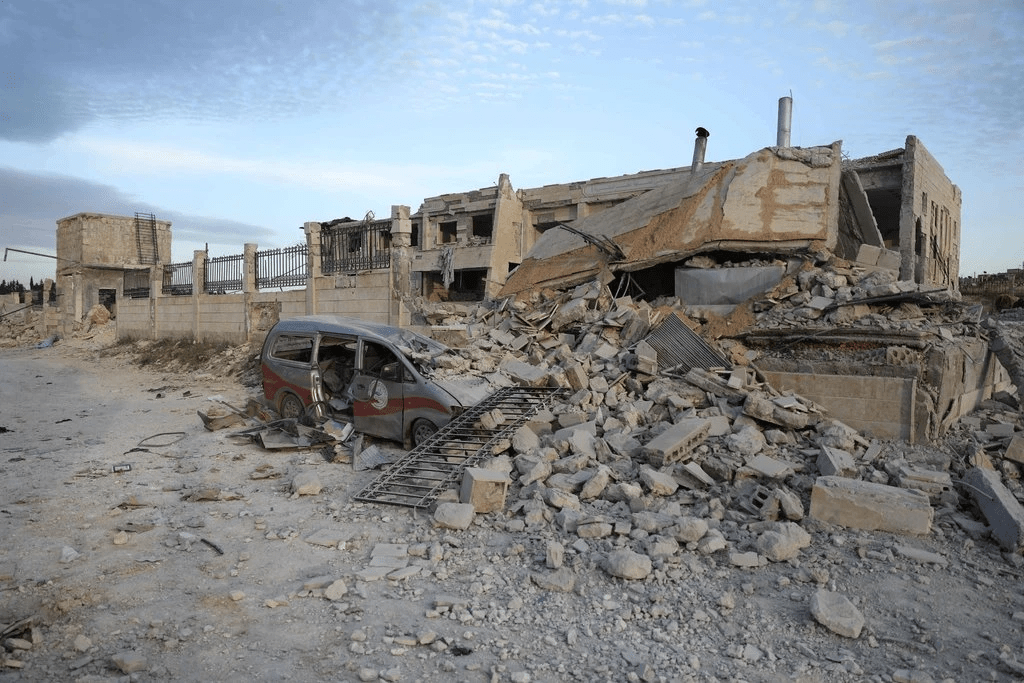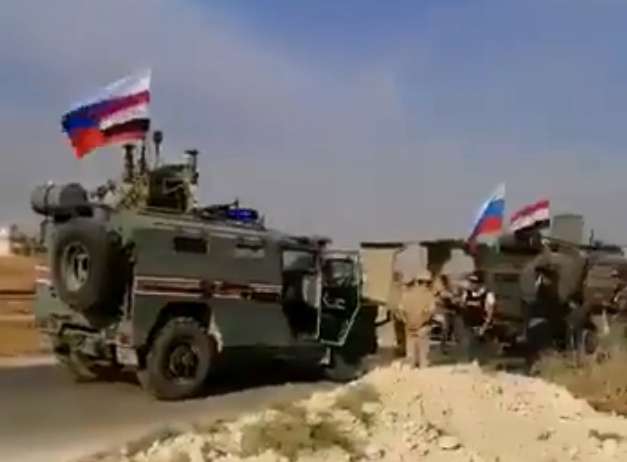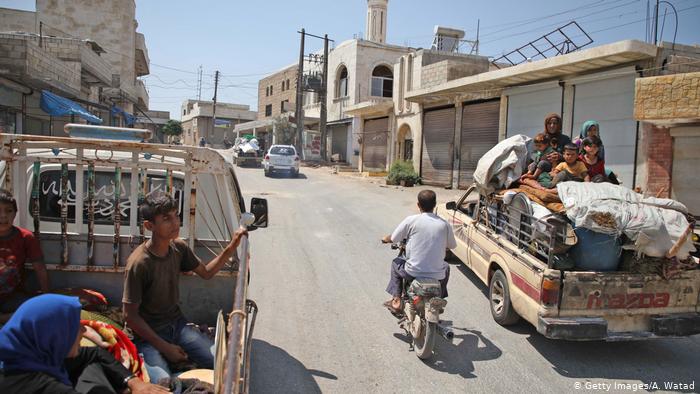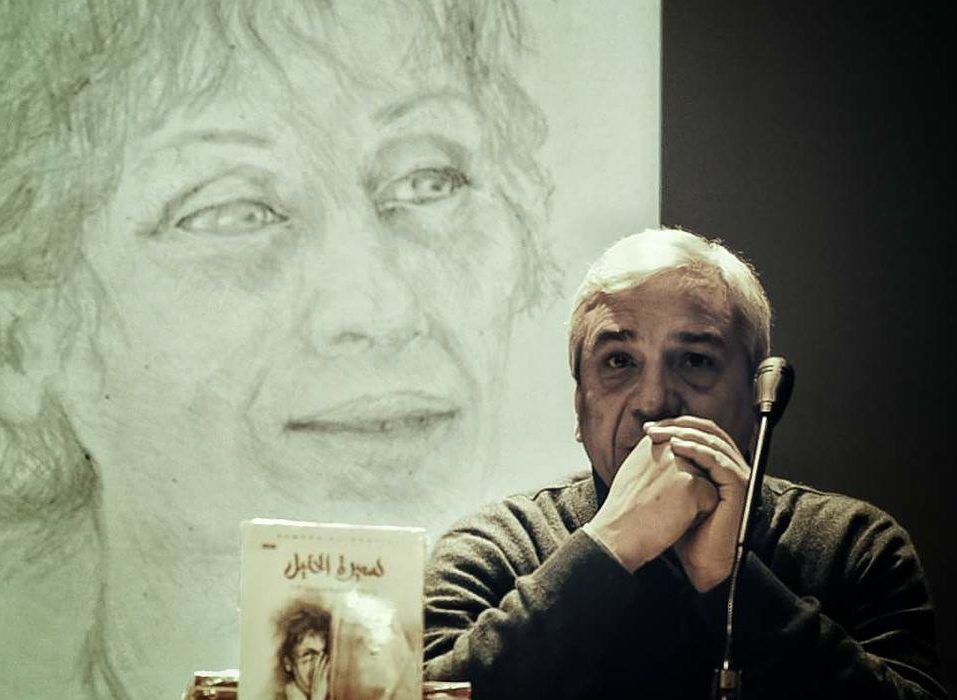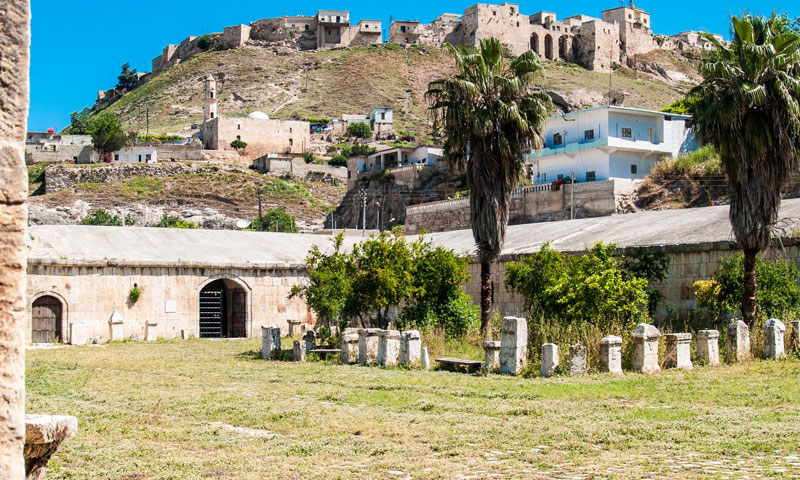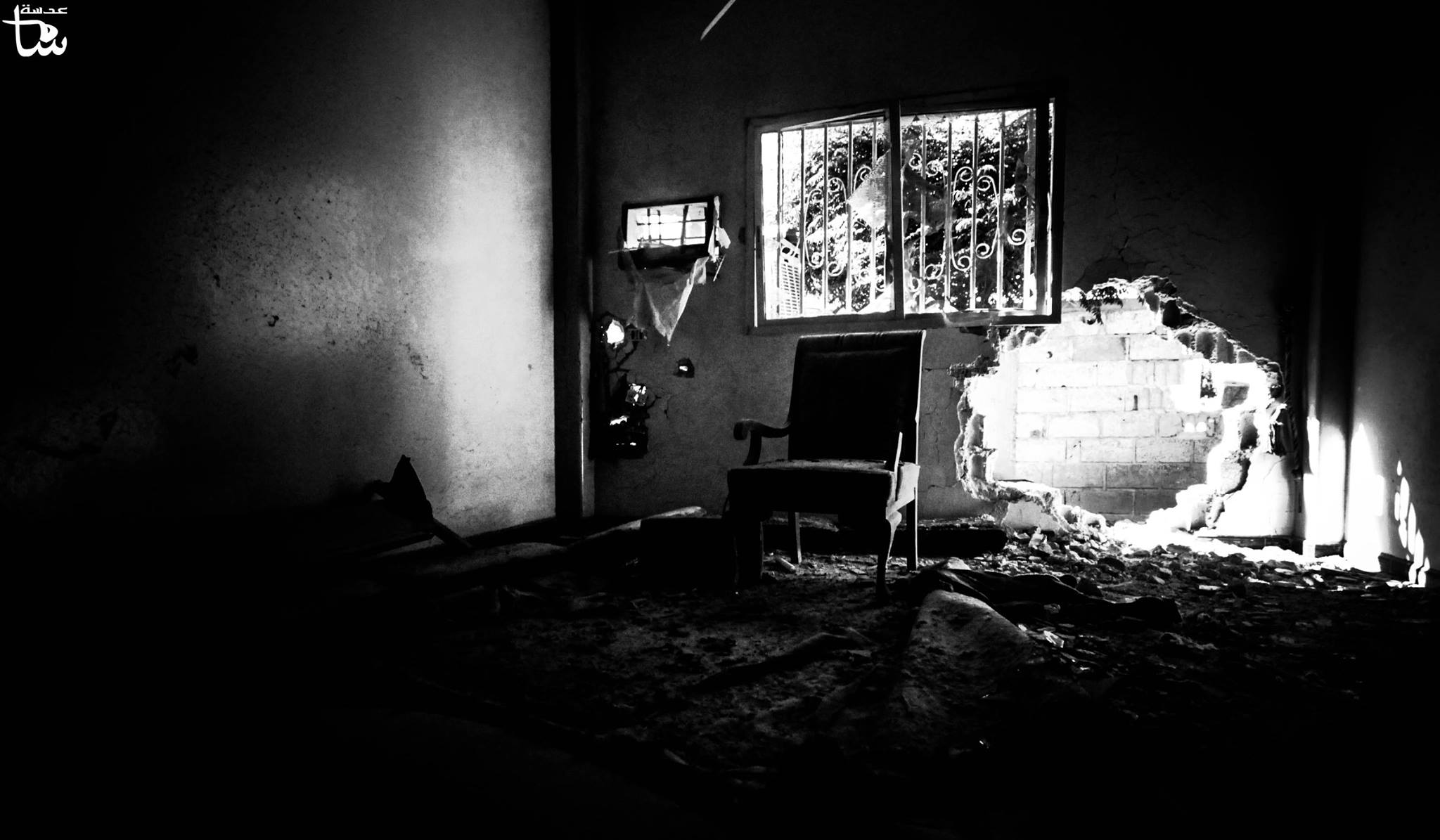The Aleppo Project has recently blogged about the multiple hospital bombing attacks that New York Times investigations proved were perpetrated by the Russian Air Force in rebel-held Idlib on at least two separate occasions this year. A December 1 New York Times report linked Russian warplanes to attacks on civilian targets in Idlib on July 22 and August 16 that together killed 39 people and injured dozens more. Far from being isolated incidents, the bombing and shelling of hospitals, health facilities, and clearly civilian areas, overwhelmingly perpetrated by the Assad regime and the Russian military acting on the regime’s behalf nationwide is an all too common feature of Syria’s long running conflict. The fact that the international treaties that comprise the “law of war” explicitly prohibit attacks on hospitals, other safety zones, and civilians appears to have provided little deterrence. On the contrary, the frequency with which the Assad regime attacks medical facilities and civilian targets demonstrates that the practice is in fact integral to its military strategy. Through its legally questionable tactics that explicitly target civilians, the regime aims to break the will of the people and render rebel-controlled areas as ungovernable as possible. Having achieved control of Aleppo in 2016 through similar tactics, it should surprise no one that the Assad regime returned to the same playbook in Idlib. Nor should it surprise anyone if Idlib’s fate, once the regime regains control of it, resembles that of Aleppo.
read more2019
All posts from 2019
Despite UN Warning, Russia Again Bombs Kafer Nabl Hospital
by M.B. on November 18, 2019While Turkish Incursion Sparks Broad Condemnation, Destruction of Four Hospitals in 12 Hours Met with Silence
by M.B. on November 12, 2019I read the report published in English and Arabic by the New York Times on October 13, 2019, titled 12 Hours. 4 Syrian Hospitals Bombed. One Culprit: Russia, which includes an investigation into Russian attacks on four hospitals in northern Syria’s Idlib province: the Nabd al Hayat Surgical Hospital, the Kafr Nabl Surgical Hospital, the Kafr Zita “cave Hospital” (specifically constructed underground to protect it from bombings) and Al-Amal Orthopedic Hospital.
The New York Times piece was based on multiple pieces of evidence: a collection of Russian Air Force audio recordings obtained by The Times, social media posts from Syria on the day of the bombings, interviews with eyewitnesses, and records of humanitarian organizations supporting the four hospitals. What is striking in the report is the analysis of the evidence and its use of multiple sources to confirm who perpetrated the bombing, as well as how plainly the evidence is laid out both in the written report and the accompanying video about the bombing of hospitals in northern Syria in May 2019.
read moreUnintended Consequence? Turkish Operation Poised to Return Control of Northern Syria to Assad
by The Aleppo Project on October 17, 2019Just over a week in, Turkey’s continuing incursion into Northern Syria has precipitated significant changes on multiple fronts. According to the United Nations Office for the Coordination of Humanitarian Affairs (OCHA), as of October 14 the fighting has forced up to 300,000 to flee their homes and resulted in the deaths of at least 70 civilians and more than 200 combatants – numbers that are certain to grow. Instances of summary executions of combatants, unarmed civilians, and at least one local politician by Turkish forces or their allies in the rebel Syrian National Army (SNA) have been reported. In response to Turkey’s operation, the Kurdish-led Syrian Democratic Forces (SDF), which has autonomously administered much of Northern Syria, redeployed the bulk of its forces to the border regions targeted by Turkey. One consequence of this move appears to be the escape of up to 1,000 ISIS-related detainees (family members and fighters) from an SDF administered prison and camp.
read moreTurkey’s Military Operation in Northern Syria Could Cause Mass Displacement and Further Destabilization in the Region
by The Aleppo Project on October 9, 2019The United States’ October 6 decision to withdraw troops from the autonomous Northeast region of Syria that borders Turkey sets the stage for an expected Turkish military operation that could fundamentally reshape the region and upend the current fragile but relatively stable peace. If the Turkish incursion leads to all-out armed conflict, tens if not hundreds of thousands could be uprooted, and civilian casualties are all but certain. Turkey’s previous military actions in Northern Syria show how the situation might unfold post-conflict with potentially serious consequences for the Aleppo Governorate. While this post focuses on only the areas within the Aleppo Governorate, the entire SDF (Syrian Democratic Forces)-administered region could face consequences to which this post alludes.
read moreHumanitarian Catastrophe: Hundreds of Thousands Displaced as Shelling Escalates in Southern Idlib Countryside
by Mahmoud Barakat on September 13, 2019During the past few weeks, regime forces targeted several towns in the northern countryside of Hama and the southern countryside of Idlib, which led to a large wave of displacement towards the northern countryside near the Syrian-Turkish border. This threatens a humanitarian catastrophe due to the increase in the number of displaced people, especially after the regime took over Khan Sheikhoun.
read moreEverywhere but Nowhere: Yassin Al-Haj Saleh’s Understanding of Exiles
by ElSayed ElSehamy on September 4, 2019Apamea Museum: Displaced Neighbours and Bleeding Heritage
by Mahmoud Barakat on August 27, 2019It is not just a building, or a compilation of stones and cracked pieces, it is an important and historical archaeological site in frequent and multilateral danger. Despite the threats it faces, the site is witness to a community devoted to protecting their heritage time after time again. The museum is located in the town of Qalaat al-Madiq, in the northwestern part of Hama governorate. It is around 65 km away from the governorate center. It contains many artifacts and mosaic paintings discovered in Apamea and its vicinity, dating back to different eras, most notably the Roman and Hellenistic.
After the beginning of the conflict in Syria and its intensification in mid 2012, many specialists and volunteers initiated protection works to help maintain the museum and several other buildings throughout the region. Such places included the Museum of Maarrat al-Numan and other archaeological sites like al-Bara and Sergila. The voluntary initiative to maintain and oversee these locations was due to the importance of the collections, work that required skills only specialists in the field could provide. At the beginning of May 2019, military clashes escalated in the northern Hama countryside, prompting me to inquire about the situation of Apamea Museum due to its proximity to the fighting. The work of the volunteers was woven into the stones and walls of the museum in which they worked, each restoration or repair leaving a new mark on the long history of the structure. Over the past few years, It was an honor to achieve some modest works for the museum as part of archeological protection initiative. The work was about providing basic protection of the artifacts, in addition to restoration and assessment of damage to the building and its contents. Throughout the work, I have seen and closely examined the great efforts made by local organizations. They are aware of these sites and the important need to protect them.
read moreSocioeconomic Impact of Displacement Waves in Northern Syria
by Jelnar Ahmad, IMPACT on August 2, 2019Executive Summary:
Eight years after peaceful protests started in Syria, approximately half of the country’s population have had to flee from violence. An estimated 6.2 million people are internally displaced, with over 1.6 million population movements recorded between January and December 2018 alone. Meanwhile Syria remains fragmented under multiple areas of control. This has a direct effect on the daily lives of local communities, which often varies across specific sub-regions and towns.
Against this backdrop, this report represents a case study on the effects of mass displacement and change of control on host communities and Internally Displaced Persons (IDPs) living in host communities in northern Syria. More specifically, the report focuses on the local situation in five main locations: Azaz, Albab and Afrin district (Afrin, Rajo and Jenderes). The findings of this case study indicate that a clear distinction can be made between the situation in the towns of Albab and Azaz on the one hand, and the situation in Afrin district (Afrin, Jenderes and Rajo) on the other. Albab and Azaz have been under de facto Turkish control since the latter conducted operation “Euphrates Shield” that was concluded in early 2017, and are gradually enjoying a relative degree of stability. Residents (both locals and IDPs) are however still faced with harsh financial conditions and limited access to services.
read moreSyria’s Urbicide: The Built Environment as a Means to Consolidate Homogeneity
by Sawsan Abou Zainedin and Hani Fakhani on July 26, 2019Executive Summary
The Syrian regime has been significantly tampering with the built environment in Syria over the past
years in order to realise and sustain political achievements. This paper explores this dimension of the
Syrian conflict through the lens of urbicide.
 The Aleppo Project
The Aleppo Project